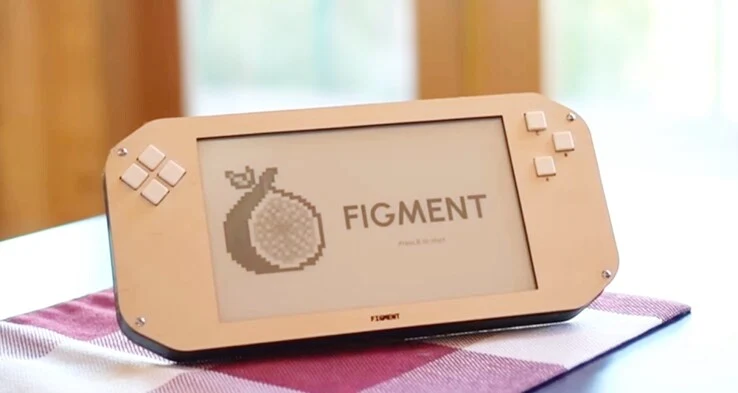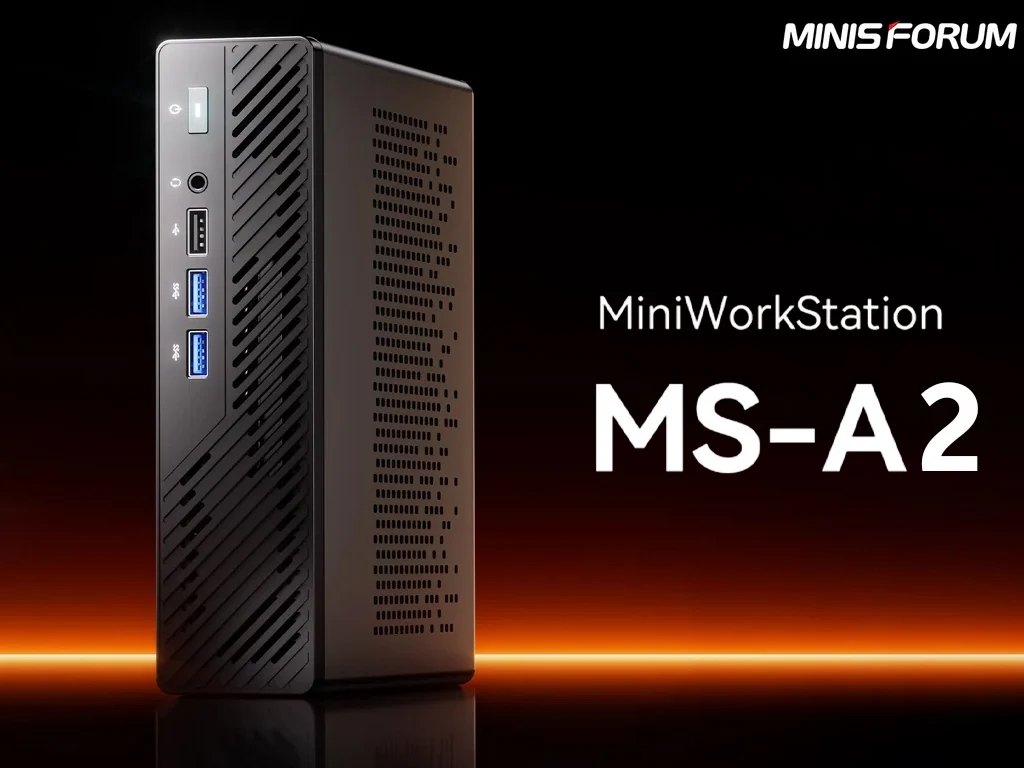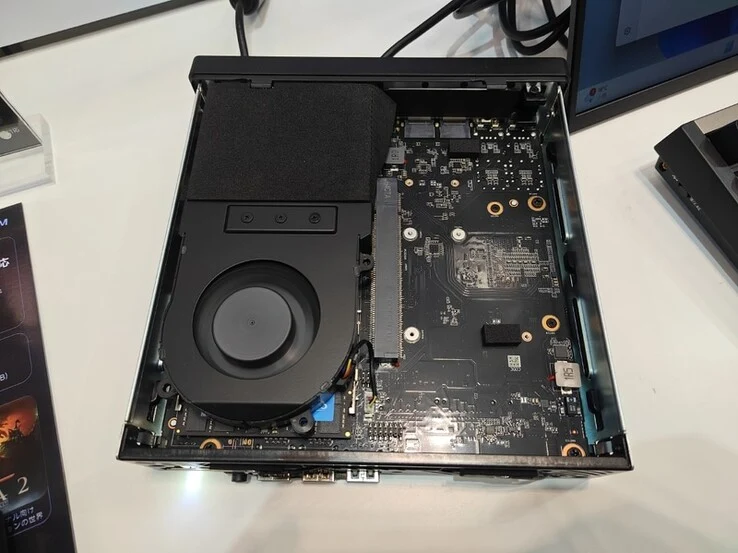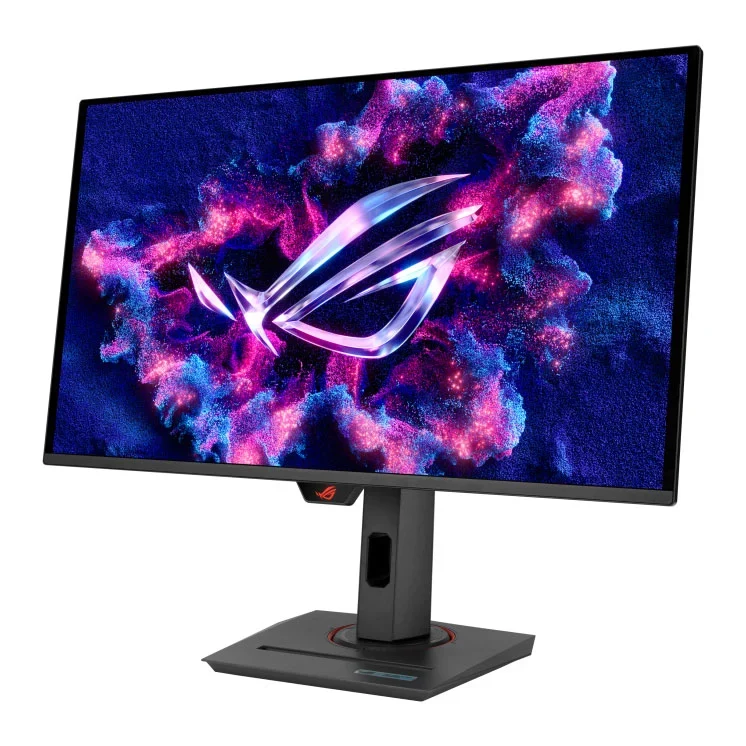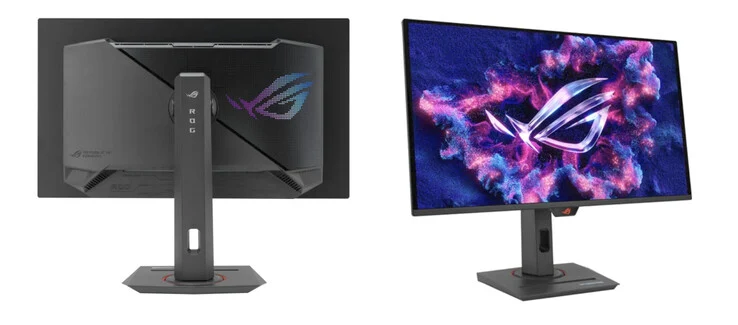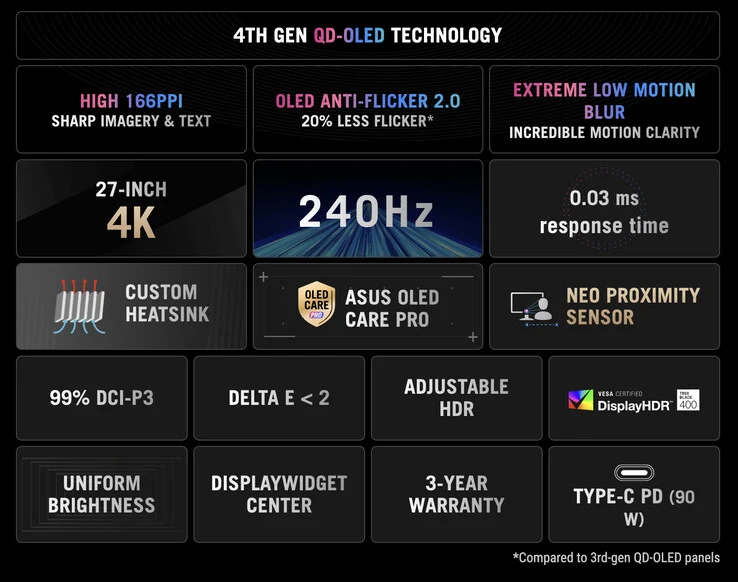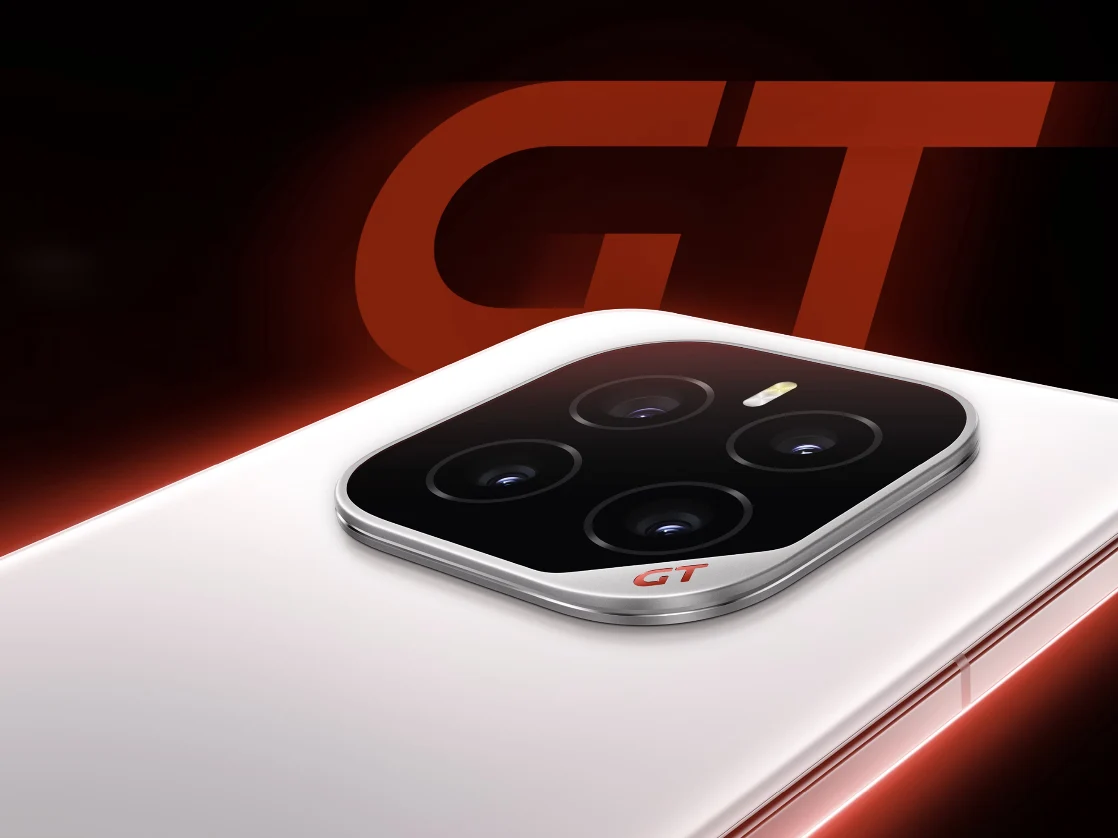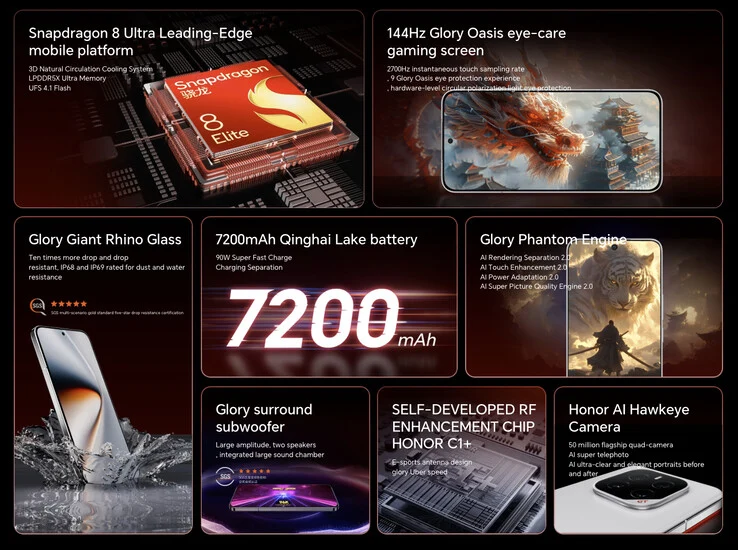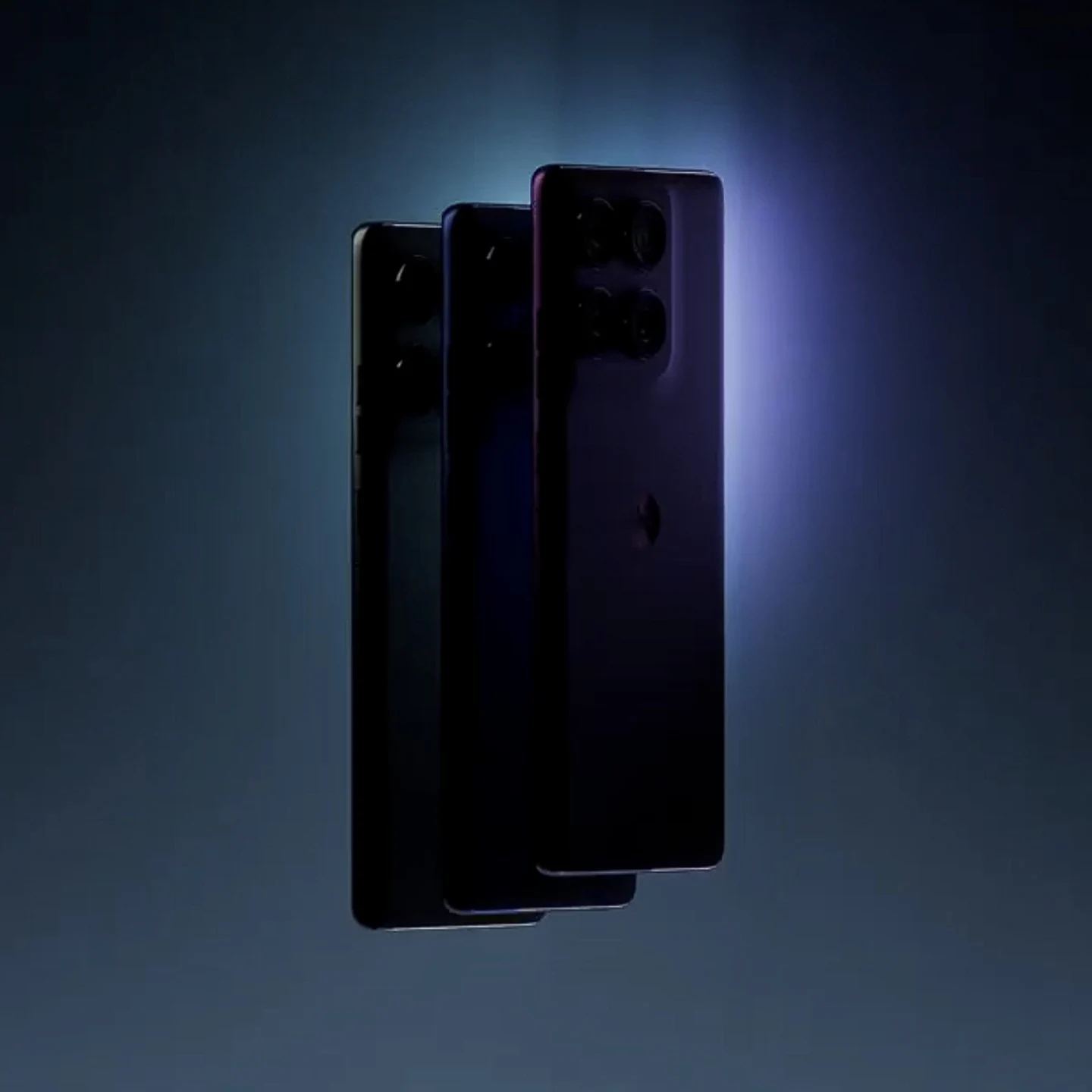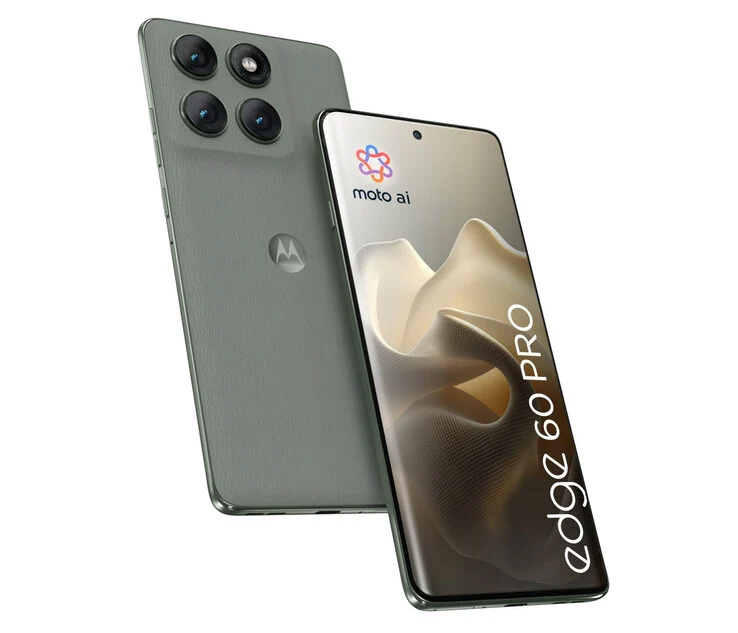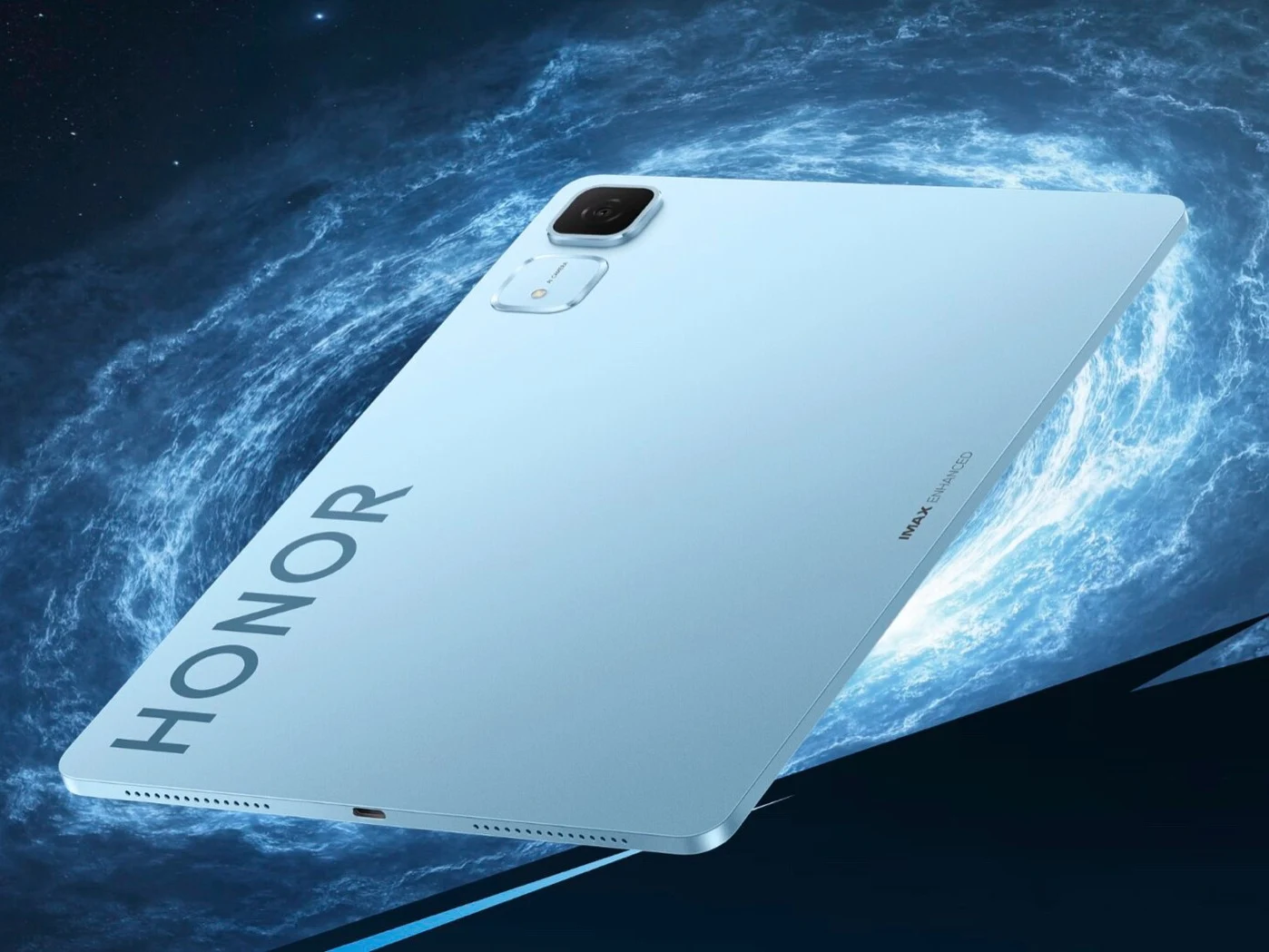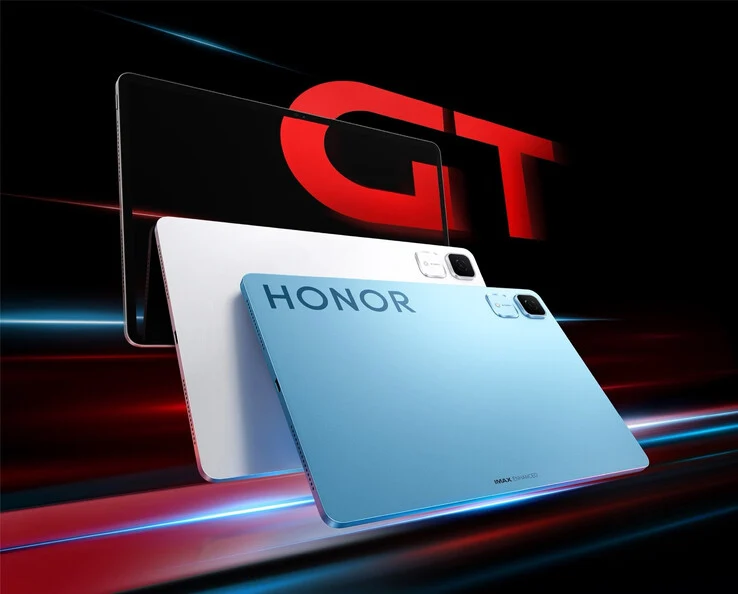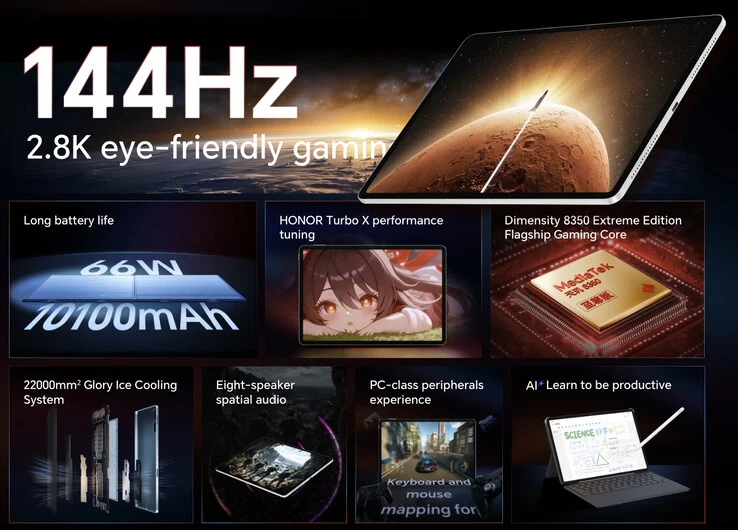Key Takeaways
1. E-ink displays offer excellent readability in bright sunlight and consume very little energy but have slow refresh rates, making them unsuitable for gaming.
2. Figment’s new gaming handheld will feature a 7.5-inch e-ink display, designed primarily for text-based games and interactive storytelling.
3. The device is powered by a low-performance ESP32 processor, sufficient for displaying text and images but requiring an internet connection for certain features.
4. The Figment handheld can display standard books offline, providing flexibility for users.
5. The project is still in early development, and interested individuals can sign up for updates on its progress.
E-ink displays are designed to mimic real paper, and the latest models perform remarkably well, allowing for easy reading in bright sunlight and boasting very low energy use. However, their slow refresh rates make them generally unsuitable for gaming handhelds.
A Unique Gaming Experience
Despite this, Figment plans to incorporate an e-ink screen in its new gaming handheld, which is mainly geared toward text-based games or “Choose Your Own Adventure” style books. Specifically, Figment has chosen a 7.5-inch e-ink display housed in a casing about the same size as an Asus ROG Ally. The device features a D-pad with four buttons on the left and three action buttons on the right.
Prototype and Performance
The current version is built with a 3D-printed shell and powered by an ESP32 processor, which is not very strong. Nevertheless, since the handheld only needs to show text and images, Figment doesn’t require high performance. One drawback of the slower processor is that some features necessitate an active internet connection. This mainly includes the ability to create “Choose Your Own Adventure” games from existing e-books using AI technology.
Future Developments
On the bright side, Figment can still display standard books without needing an internet connection. The project is still in development and at an early phase, so it remains uncertain if the Figment handheld will ever reach store shelves. Those interested in Figment can sign up with their email to stay informed about this fascinating project.
Source:
Link
